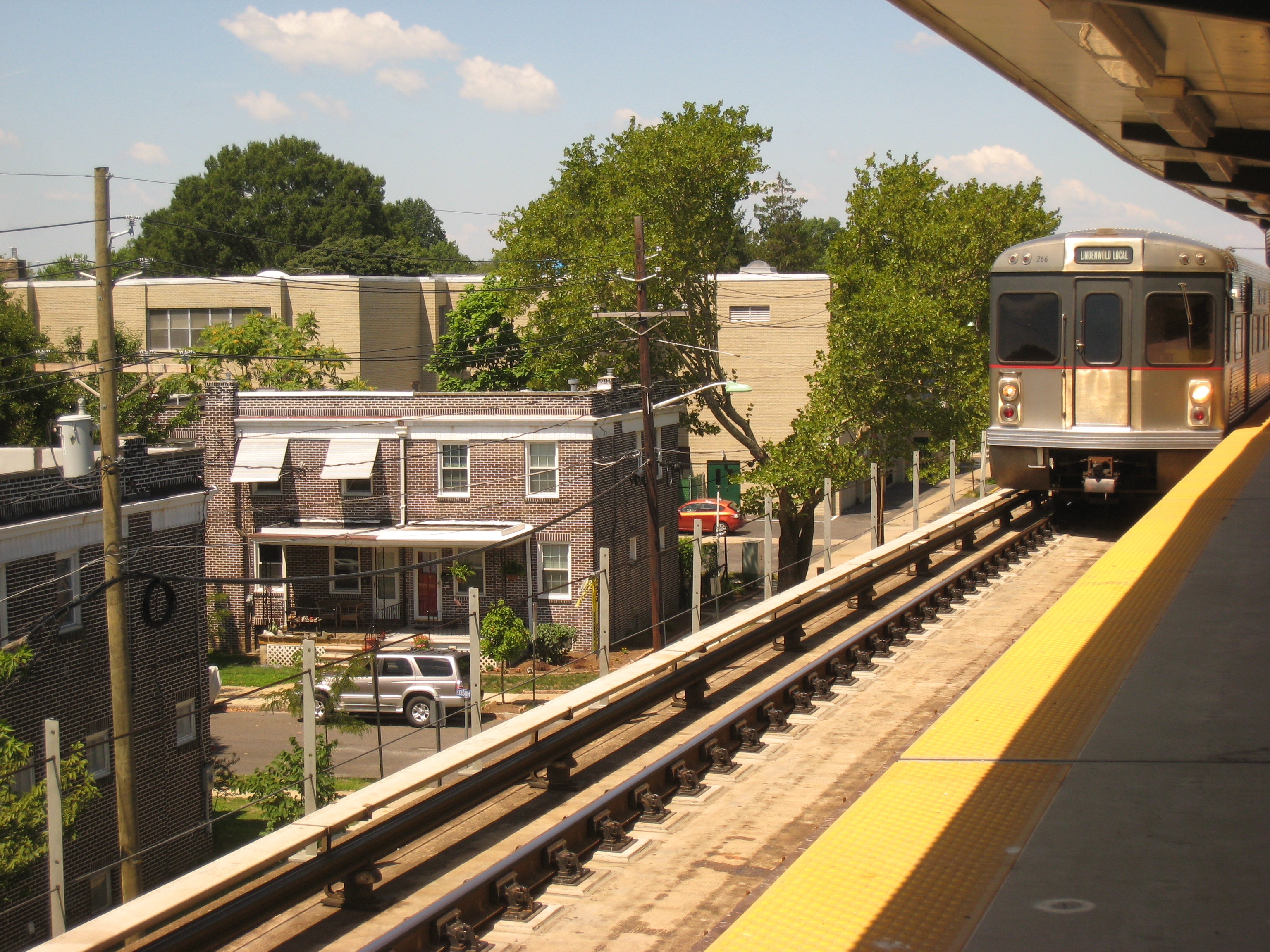Trip Reduction Ordinances
 Environment
Environment Transportation
Transportation Regional Planning
Regional Planning
Trip reduction ordinances use municipal regulatory authority to limit trip generation from development sites or large employers. They have been in practice since the 1980s and can be mandatory or voluntary, with benefits. They usually cover an entire local political subdivision rather than just an individual project, spreading the burden more equitably between existing and future development. They may be less vulnerable to legal challenges than conditions imposed on development approvals. Also known as employee trip reduction or commute trip reduction (CTR), where entities over approximately 50 employees must provide commuting options that reduce trips by their workforce by encouraging or subsidizing non-single-occupant-vehicle mode.
